Apogee MQ-100 User manual
Other Apogee Measuring Instrument manuals

Apogee
Apogee MQ-210 User manual

Apogee
Apogee SI-111 User manual

Apogee
Apogee MQ-620 User manual
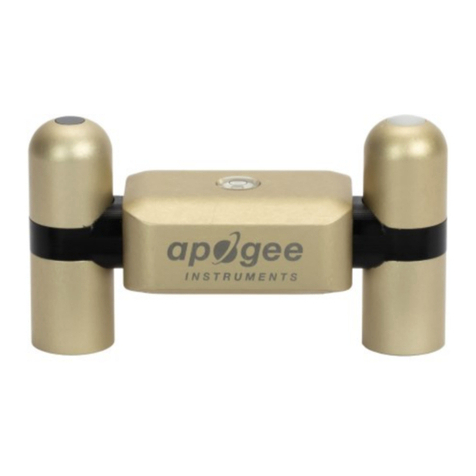
Apogee
Apogee SN-500-SS User manual
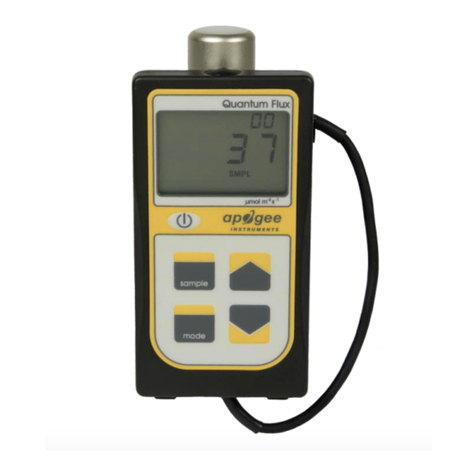
Apogee
Apogee MQ-501 User manual

Apogee
Apogee MQ-510 User manual
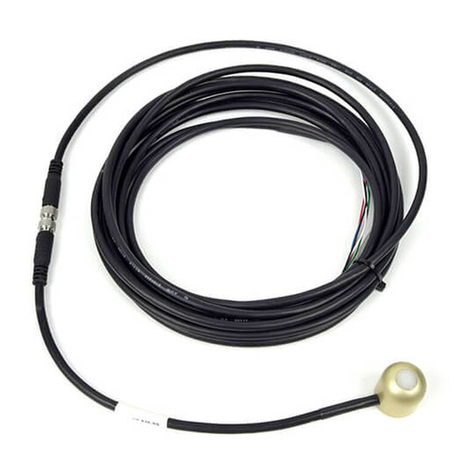
Apogee
Apogee SL-510 User manual

Apogee
Apogee SI-411 User manual

Apogee
Apogee MI-210 User manual

Apogee
Apogee MU-100 User manual

Apogee
Apogee SN-500 User manual

Apogee
Apogee MO-200 Series User manual

Apogee
Apogee SI-411 User manual

Apogee
Apogee SN-500 User manual

Apogee
Apogee SIL-411 User manual
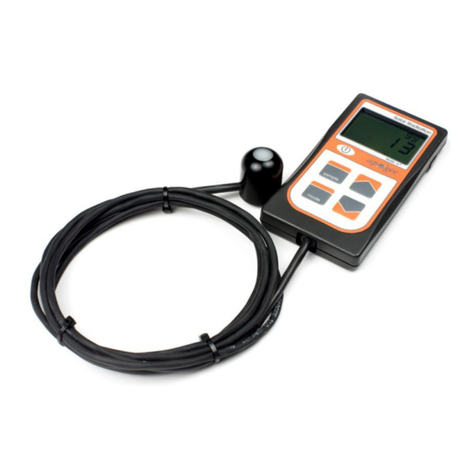
Apogee
Apogee MP-100 User manual
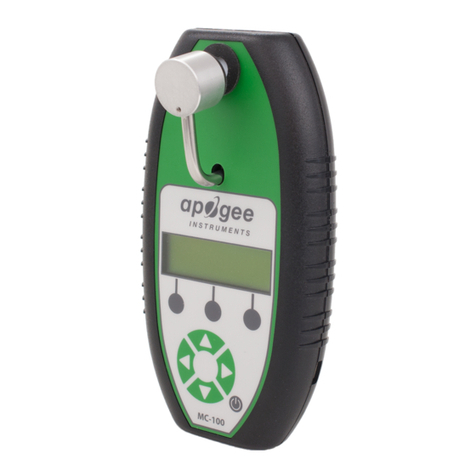
Apogee
Apogee MC-100 User manual
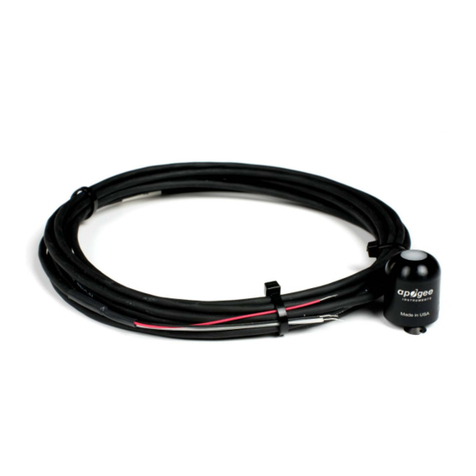
Apogee
Apogee SP-110 User manual
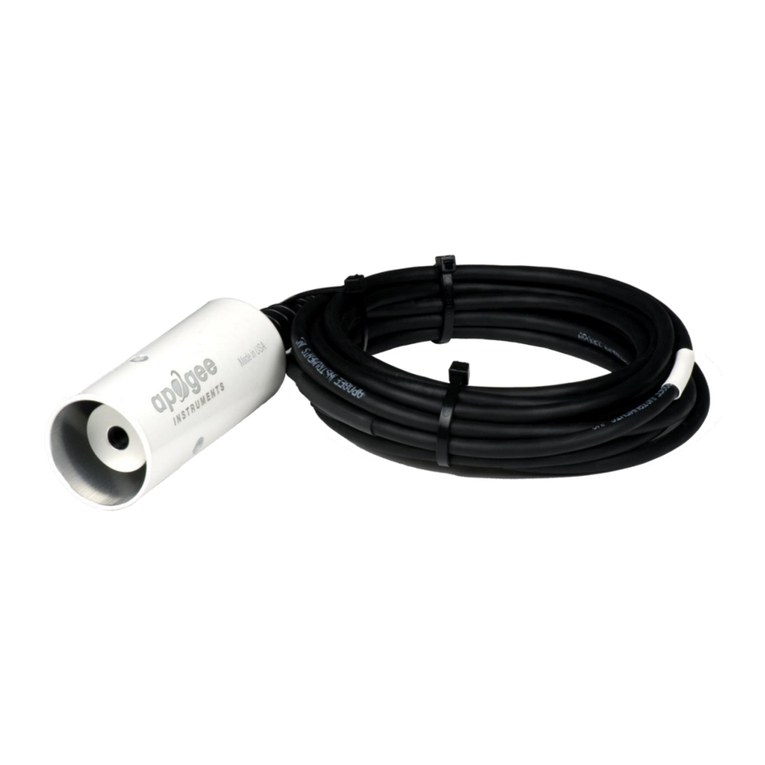
Apogee
Apogee SI series User manual
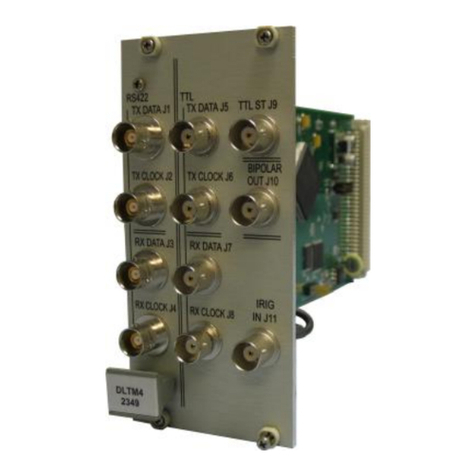
Apogee
Apogee 2349 DLTM4 User manual
Popular Measuring Instrument manuals by other brands

Powerfix Profi
Powerfix Profi 278296 Operation and safety notes

Test Equipment Depot
Test Equipment Depot GVT-427B user manual

Fieldpiece
Fieldpiece ACH Operator's manual

FLYSURFER
FLYSURFER VIRON3 user manual

GMW
GMW TG uni 1 operating manual

Downeaster
Downeaster Wind & Weather Medallion Series instruction manual

Hanna Instruments
Hanna Instruments HI96725C instruction manual

Nokeval
Nokeval KMR260 quick guide

HOKUYO AUTOMATIC
HOKUYO AUTOMATIC UBG-05LN instruction manual

Fluke
Fluke 96000 Series Operator's manual

Test Products International
Test Products International SP565 user manual

General Sleep
General Sleep Zmachine Insight+ DT-200 Service manual



















